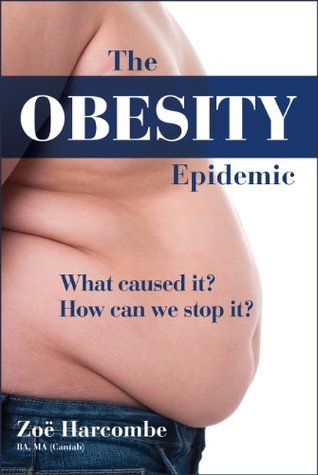we know fructose is the sugar driving the observed higher Respiratory Quotient. The Respiratory Quotient for the human subjects, following the consumption of fructose or sucrose, was regularly above 1.0 during Higgins’ experiments. This meant that the person had entered a state of anaerobic respiration (no exercise was being undertaken). The conclusion reached was that the body could not metabolise the fructose or sucrose quickly enough to use it as energy and therefore it was concluded that fructose/levulose is more easily converted to fat by reason of its respiratory quotient being so often
...more
Welcome back. Just a moment while we sign you in to your Goodreads account.


